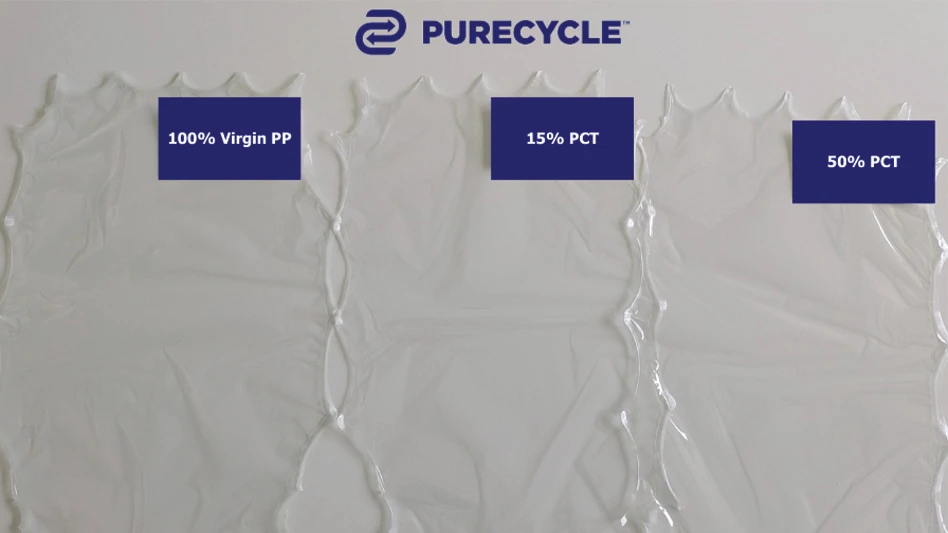
Photo courtesy of United States Steel Corp.
Annie Heaton, CEO of Australia-based ResponsibleSteel, has co-authored an essay for Reuters recommending an international standard, such as that offered by ResponsibleSteel, as a key to driving steel industry progress toward a net-zero carbon footprint.
In the essay, co-authored by Helen Clarkson, CEO of the London-based Climate Group, the two cite World Trade Organization Deputy Director General Jean-Marie Paugam as having said recently, “With nearly 25 percent of global steel production crossing borders annually, the integration of sustainable practices into this industry isn’t just an environmental necessity but a critical trade issue.”
While urging voluntary action such as private sector-backed certification standards, the duo also write, “Because it's not just about voluntary action: regulation is looming too, with the European Union introducing both the Carbon Border Adjustment Mechanism (CBAM) and stringent new sustainability reporting requirements. Meanwhile, in the U.S., the proposed Modern Steel Act is focusing minds on strengthening the long-term sustainability of the country’s steel sector.”
The topic of steel facility emissions measurement and certification also was a topic of discussion in late October at the Bureau of International Recycling (BIR) Ferrous Division meeting held in Singapore.
At that event, Adina Renee Adler of the Washington-based Global Steel Climate Council (GSCC), another certification organization, reported that this fall, ResponsibleSteel and the GSCC had issued their first certifications, each for companies or facilities in the U.S.
Late last week, the Brussels-based World Steel Association (Worldsteel) released its "Sustainability Indicators 2024" report. That report found that recycled-content steel made in an electric arc furnace (EAF) continues to have the smallest carbon footprint among steelmaking methodologies.
According to Worldsteel data for 2023, scrap-fed EAF furnaces on average produced 0.7 tons of CO2 emissions per 1 ton of steel produced. That compared with 1.43 tons of emissions per ton of steel for EAF mills consuming direct-reduced iron (DRI) and 2.32 tons emitted per ton of steel produced by blast furnace/basic oxygen furnace operators.
“The majority of the industry will have to take a steady stepwise approach, given the sheer capital expenditure involved, acknowledging that transforming one of the world’s most polluting industries into a fully sustainable operation is a mammoth task," Heaton and Clarkson say. "But ultimately, it needs to be achieved if we’re to have any hope of hitting that elusive Paris Agreement target and enabling a responsible transition worthy of the name.”
Latest from Recycling Today
- Freight sector analysts fear container shipping chaos
- SK Tes to open ITAD facility in Ireland
- Umicore forecasts 2025 profits in line with last year
- Lautenbach Recycling names business development manager
- Sebright Products partners with German waste management equipment company
- WasteExpo transitions to biennial format for enhanced experiences
- Study highlights progress, challenges in meeting PCR goals for packaging
- Washington legislature passes EPR bill





